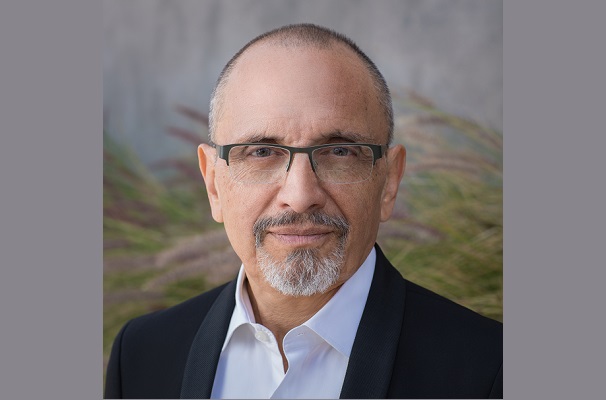How misunderstood is feng shui?
Many people think they’re hiring a decorator. At first, everyone wanted the little water fountain and the bamboo.
So it’s not about moving the chairs around and bringing in plants?
It can be. Feng shui is the study of how the energy of our environment affects us. It uses design as one of its tools. But there are other tools that are not design-related, like rituals and energetic interventions.
What drew you to the study?
Actually, it’s part of my multicultural DNA. I was born in Peru to a Swiss father and a Peruvian mother in a mining area – 13,000 feet up in the Andes Mountains. And I grew up in Lima, attending the American School. My mother wanted us to learn English.
A little of everything.
There were so many things going on in the brain of a 15-year-old, from llamas in the mountains of Peru to shaking the hand of the prince in Lichtenstein Castle.
Is feng shui practiced in Peru?
There was everything in Peru. Though it’s a Catholic country, there are still shamanistic rituals in the mountains and jungles.
What were your pre-feng shui career highlights?
I studied architecture and art history at Yale, and I was creative director at PriMedia, when it published glossy consumer magazines like New York and Seventeen.
Advertisement
How did feng shui become part of your life?
Someone handed me a flier about a Peruvian shaman set to appear in New York. He turned out to be an old schoolmate of mine. He exposed me to a whole new way of thinking about life, the spiritual component of reality. Later, I apprenticed in feng shui at the University of Reading in the U.K., which ran one of the first feng shui institutes.
Have any retailers embraced feng shui?
Many. For example, we consult Whole Foods Market on store design and site selection. Feng shui has the tools to look at a particular site, analyze the lay of the land, the water and vegetation, who lives there, the history of the area, the traffic patterns. In a particular site, the opportunity to succeed might be diminished because the slope of the territory is going the wrong way or because there’s an electrical power station within 500 feet.
And if the site’s not conducive?
We can introduce corrections, though, in some cases, they need to forget the site and start elsewhere. We’ve all seen this a lot. Stores that don’t work in particular locations, no matter who occupies them.
Feng Shui at IRDC
What will your IRDC presentation focus on?
How to promote continuous creative effort despite creative disruption.
Creative disruption?
A jarring and complete disruption from the norm. A life-changer. Amazon is a creative disruption.
Advertisement
Not a good thing?
Too much creative disruption can undermine the fundamentals of your business. If everybody is disrupting, you can’t have organization. How do you create an environment that fosters creativity, evolution and development without undermining core systems?
Feng shui can help?
Feng shui is so old, it has seen these cycles over and over again. Why not learn from it? Why not create processes that allow us to move more smoothly through necessary changes?
Check out Alex Stark's session, “Using Feng Shui to Foster Creativity and Innovation in Store Environments,” at IRDC this year, Sept. 9-11 in Austin, Texas! For more information about IRDC, visit IRDConline.com.


 Photo Gallery2 days ago
Photo Gallery2 days ago
 Headlines1 week ago
Headlines1 week ago
 Headlines2 weeks ago
Headlines2 weeks ago
 Sector Spotlight2 weeks ago
Sector Spotlight2 weeks ago
 Headlines1 week ago
Headlines1 week ago
 Headlines3 days ago
Headlines3 days ago
 Headlines2 weeks ago
Headlines2 weeks ago
 Designer Dozen1 week ago
Designer Dozen1 week ago














